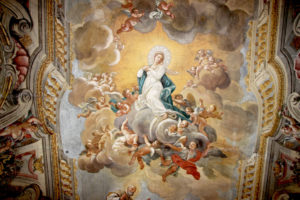 Et signum magnum apparvit in coelo: Mulier amicta sole. Apc. XII
Et signum magnum apparvit in coelo: Mulier amicta sole. Apc. XII
The great portent of the immaculate woman had already taken place and Mary, after making her mortal journey and leaving the earth, was in heaven with her soul and body with her divine son. This was when the adopted son of the cross, the apostle St. John, in his vision of the mysteries of the Lamb and his Church, contemplated lovingly the figure of she who ab antiquo was proclaimed beforehand the slayer of the infernal dragon. The glories of the immaculate woman were to be celebrated further in symbols and in the prophecies of the new Testament, and opened up in that manner the pathway to that fortunate time that would contemplate her lovingly in all the display of her greatness. Thus in the Apocalypse it is said: a great wonder was seen in heaven, a woman dressed in the sun: et signum magnum apparvit in coelo: Mulier amicta sole.
From I Gigli di Maria, a Neapolitan periodical. Year III 1866
Fr. AGOSTINO LANA (Camillian)
He was born in Rome on 23 May 1821. From a profoundly Christian family, he was brought up according to the precepts of divine love. He entered the Order of the Ministers of the Sick in 1841. He was ordained a priest in 1845. A true Minister of the Sick, we find him working in isolation hospitals and at the side of the dying. He was a Provincial Prefect and a member of the General Consulta. A member of the Academy of the Arcadi with the name of Filete Eereo, for about thirty years he was an assiduous and conscientious member of the consulta of the Sacred Congregation of Rites. A profound theologian, he was markedly expert in sacred and profane history and Christian archaeology. He died in the House of San Giovanni della Malva in Rome on 22 October 1901.
He stood out for his devotion to the Most Holy Virgin. Many of his writings were published in the periodical of Naples, I Gigli di Maria, to which he was a valuable contributor.
On 20 December 1845 he was consecrated a priest.



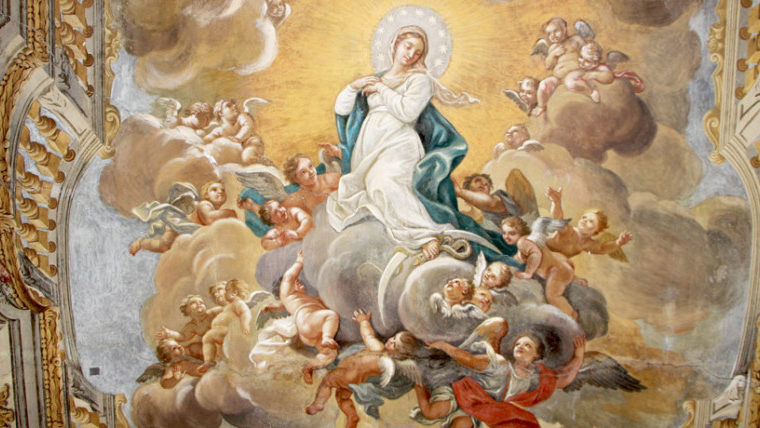






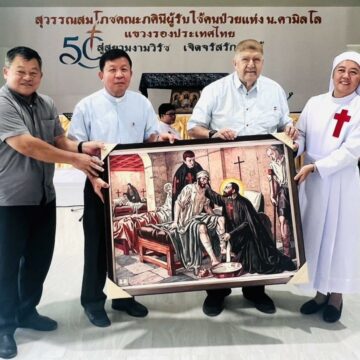
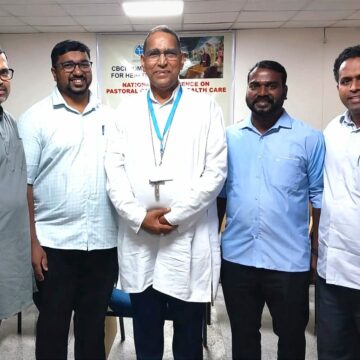


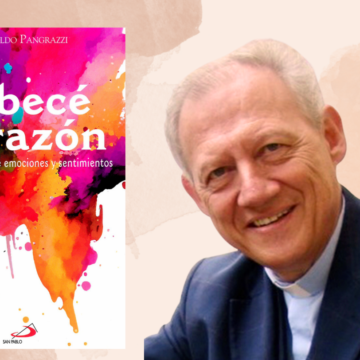
Camillians on Facebook
Camillians on Twitter
Camillians on Instagram